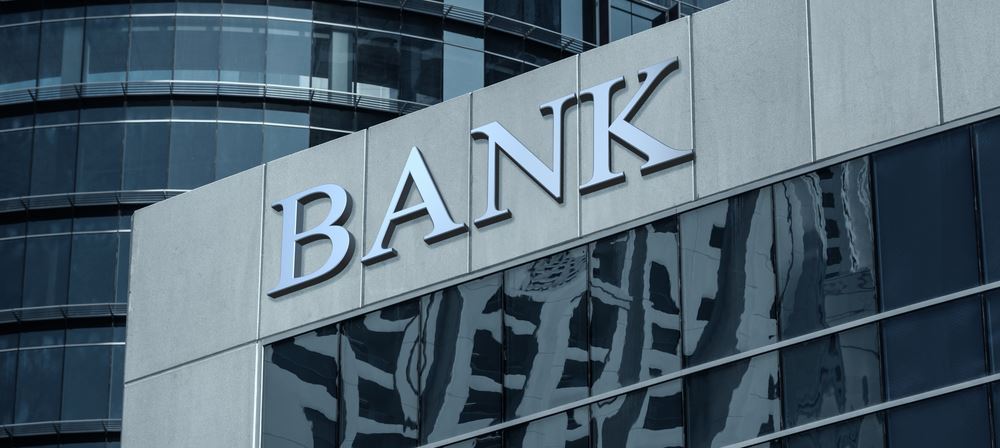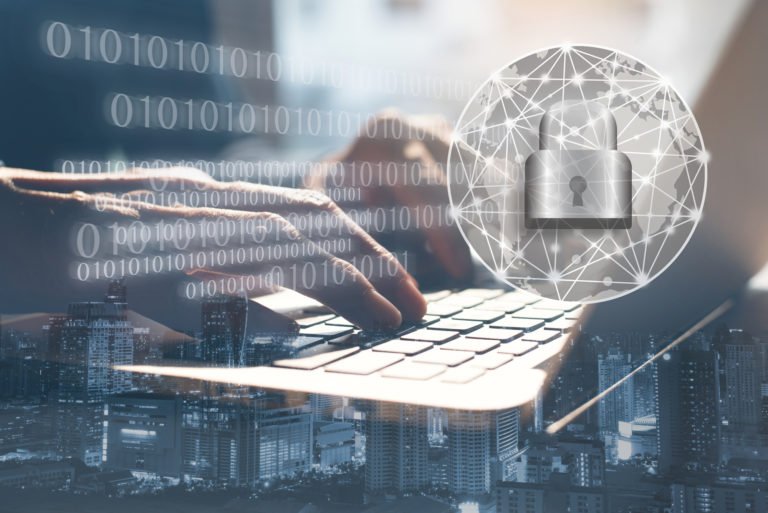Physical security: What Organizations are lacking in their security strategy?

Protecting company data, sensitive and high priority information, corporate networks, software, company equipment, and personnel is what makes physical security. Physical Security is affected by two factors and these are; natural attacks like fire, flood, power fluctuations, etc. Another is a malicious attack from malevolent threat actors. The attack could be in form of terrorism, vandalism, and theft.
physical security minimizes this risk to information systems and information. Systems and devices provide attackers with additional attack vectors due to available vulnerabilities to connect to corporate networks, infect other devices, and exfiltrate data; therefore, access to systems, equipment, and respective operating environments should be limited to only authorized individuals. Multiple layers of physical security can be implemented to protect the most critical assets and services.
What is Physical security?
According to the Dictionary of Military and Associated Terms, physical security is defined as the part of security concerned with physical controls designed to safeguard personnel; to prevent unauthorized access to equipment, installations, material, and documents; and to safeguard them against espionage, sabotage, damage, and theft.
Physical security is often regarded as the “forgotten side of security” and yet it is a key element to an overall company protection strategy. Proprietary, sensitive, and classified company material must be kept from the public who do not need to know. This is done by restricting unauthorized personnel from accessing or entering company restricted areas. The General traffic flow to the area must be diverted away to minimize the entry of unauthorized personnel. Authorized personnel to the restricted areas should possess something that identifies them, say a company badge. All authorized personnel should be on the access list otherwise they are not identified.
Why your organization would need Physical security compliance?
Security to any firm is so crucial, we are the information gatekeepers at all times. We are the protectors of the organization from all threats; regardless of whether they are malicious, internal, or environmental. We need to be vigilant and confident that the work we are doing will be regarded as a necessary operational function for the overall security and the protection of the company asset. Organizational assets may be categorized as employees, information, and intellectual property. Protection of these three things is the cornerstone of our profession.
What are some of the common physical security threats in your environment?

While organizations establish security strategies, it’s good practice to establish a physical security plan for either their existing property or new-build. The Organization should bear in mind the common physical security threats and vulnerabilities, and how the different types of physical security threats should be encountered.
There are a variety of physical security threats in every stage of design, implementation and maintenance of the company property.
Some of the common physical security threats include; Vandalism, theft & Burglary, Sabotage and Terrorism, Unaccounted visitors, Stolen identification, Social engineering
How should your organization handle physical security Risk?

To better answer this, there should be an insight into what could go wrong or the aftermath of a physical security breach. Imagine that an attacker finds their way into the work-space or corporate network. all information systems and information are considered are vulnerable to compromise and theft. Computer systems and some end-point devices may be left behind and unmonitored outside the view of security cameras; workstations still unlocked with access to files, network shares, and other network resources; and sensitive or confidential data may still be open in plain view on the screen and can be captured, stolen, modified, and/or deleted.
Once an attacker has access, their actions may not be predictable. The only way to control their actions is to implement measures and enforce best practices that can help protect the intellectual property of the organization and digital assets. The following measures are a bare minimum of what organizations can do to reduce the likeliness and impact of physical attacks;
- Physical security policy for compliance. Organizations no matter the size should implement a physical security policy for compliance with industry security standards but also to adhere to the physical security requirements.
Do you have a physical security policy in place? If you lack one, Get a template HERE and create one for your organization
2. Lock workstation and put down screens when not in use. Organizations should offer awareness sessions that train staff on the importance of locking their workstations when stepping away from them. This is aimed at protecting sensitive information on the devices. IT Security teams should enforce a lockout policy to automatically lock screens after inactivity and or on much-attempted access.
3. Provide adequate security to all physical devices. Enable a password/passcode or an additional authentication factor on all devices to prevent unauthorized access in the event a device is lost or stolen.
4. Do not share login credentials or other sensitive information. Login credentials and other sensitive information should remain private and not shared with anyone, posted in plain view, or saved on your computer or other platforms.
5. Make several backup copies of the devices. Protect your information from malware, hardware failure, damage, loss, or theft by making multiple copies and storing them offline.
6. Implement endpoint security. IT departments should implement endpoint detection and response software, host-based firewalls, device and file encryption, and keep devices updated with the latest security patches.
7. Record instances of theft of both identity or devices and Remediate. IT departments should monitor system and network access logs for signs of access and exfiltration. utilize remote administration and data wiping solutions to regain control of devices once stolen.
8. Enable 2-step verification before system access. MFA is the use of two or more authentication mechanisms to access an account or service. This significantly reduces the risk of account compromise via credential theft in which your password has been exposed. Even if a cybercriminal obtains a user’s username and password, they will be unable to access that user’s account without their second factor.
9. Invest in Education and or security awareness training. Organizations should invest time, money, and resources to ensure that staff understand risks, the latest cyber threats, and best practices.
10. Implement strategies for emergencies. There should be a streamlined approach for evacuations when human life is at risk. The strategy may include planning and tabletop exercises, preparation and training, and monitoring.






Responses